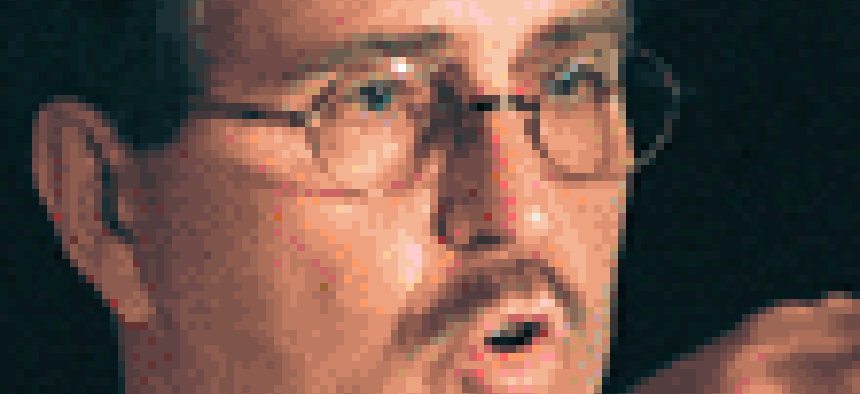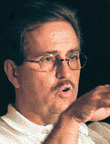Survival Guide: Mark Loizeaux, demolition expert

<FONT SIZE=2>Fail safe?</FONT><FONT SIZE=2> Anti-terrorist devices in New York subway stations can be set off by cancer patients undergoing radiation treatment. The <I>Journal of the American Medical Association</I> documented a case of an alarm being set off by individual being treated by radioactive iodine for a thyroid condition. The unlucky individual was detained for questioning.</FONT>

Mark Loizeaux, demolition expert at Controlled Demolition Inc. in Phoenix, Md.
Dan Gross
Loizeaux talked with Senior Editor Nick Wakeman about how he manages risk.
WT: What factors do you consider when assessing risk?
Loizeaux: We look at our financial risk. We look at political risk. Not only our own reputation, but also the reputation and politics of our client or the property owner or the permit-issuing agencies involved. And we look at the physical risk. What are the innate risks to our workers, the equipment, third-party liability, etc.?
Then we break them down into subcategories and analyze them one by one. Risk management is managing the things over which you have control. Things that are outside of your control you cannot manage, so we do not call that risk management. We call that contingencies.
WT: Once a project starts, how do you manage risk?
Loizeaux: At the site, we track very carefully the chain of custody, the ownership of debris, hazardous materials, things like that. We track everything from cradle to grave in writing. In our business, records kept in the daily course of business are what the court rules on. Our documentation is in the extreme, which is why we usually prevail in court, because we are right, and we can prove it. It is not hearsay, it is not an opinion, it is not "I think." We say, "I know," and here are the documents to prove it.
A lot of claims are brought by people who actually think that you damaged them or their property, so before we start, we do predemolition surveys, surveys of adjacent streets, public rights of ways. We use third-party documentation, videos, stills. We bring adjacent property owners out and inspect their buildings with them.
A lot of people day to day don't see the cracks in their buildings. They have been walking in that doorway 20 years, and they don't look around. You take down a building next door, and they look up and see a crack. "Oh, you must have caused it, I've never seen it before."
WT: How do you know if you are taking on too much risk?
Loizeaux: We just turned down a job in Omaha, Neb., a month and a half ago. There was too much risk involved for what the contractor had available to do the job. Another blasting contractor took the job and just did about $3 million in damage. He made a bad call. We made the right call.
WT: How do you teach your employees to be aware of risks?
Loizeaux: We make it personal. We reward them when they do things well; we punish them when they don't. When they break the rules, they have bonuses taken away or diminished. They can even lose paid vacation days. There can be no policy without consequence, because in the absence of consequence, there is no enforcement of policy. But we are fair about it.
WT: How do you evaluate what went well and what didn't?
Loizeaux: Every manager in the company who has worked on a project writes reflections on what the project was, what the original plan was, what changed, what they did to remedy it, and then if they had to do it over again, how would they change it. We call that reflections. Then we sit and talk about it. If you simply tell an employee what he should have done, that is one thing. If you make him explain to you what he should have done, he'll remember it. We try to get them to do the talking, get them to do the writing; that is what imprints it.
WT: Can you remove risk?
Loizeaux: No. All you can do is mitigate the impact so if it occurs, you are ready. Risk management is anticipating what might happen. You try to position yourself so you can be fleet enough of foot to sidestep the slower bullets, the large caliber ones. The little ones might zing you, but they aren't going to bring you down. They are just a little painful. *

